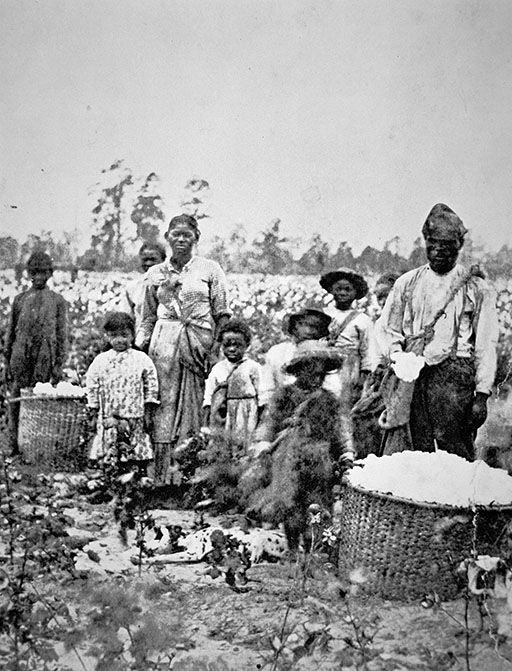What Group of People Is Credited With Creating the Blues
5 A short history of the blues
The blues emerged from the oppressed, economically disadvantaged African-American communities in the rural southern states of America in the years following the American Civil War (1861–1865). Blues singers were descendants of slaves and elements of their music reach back to African origins. This course offers just a brief introduction, and only affords a glimpse of the complexities of music that is deeply rooted in social and political history.
Many of the best known blues musicians came from the southern states of America, and some would argue that the Mississippi delta was the birthplace of the blues. This area had a greater concentration of black people than any other part of the country, and an economy based largely on cotton farming which meant that this was also an area in which segregation and social isolation of black people through lack of economic opportunity was deeply entrenched.
Box 1 Slavery in America
Although the international slave trade ended in 1807, in America slavery continued. The northern states of America had declared slavery illegal at the time of the American War of Independence (1775–1783) but the southern states ignored the abolition and slavery continued until after the Civil War (1861–1865) when it was abolished in the whole of the USA with the ratification of the thirteenth Amendment in December 1865.

Figure 5 Slave family picking cotton in the fields near Savannah, c.1860s (stereograph photo) (via Britannica Image Quest).
The musical sources of the blues included religious songs, broadly called spirituals, which were songs on Christian themes that frequently also addressed aspects of the lives of slaves. The Church often became a focus point in poor rural communities. Black people could access some measure of education in church schools and acquire status as community leaders in the church. Church services became a source of strength and a place of shared experiences while also providing an outlet for emotions, especially through song.
Other important sources for blues songs were the work songs and field hollers from the days of slavery and ballads and dances from music hall-type entertainments. Gathering together to listen to music and also to dance created communities with a strong sense of identity. Music provided a channel for expressing every possible emotion from shared joys to communal desperation. It cemented the community while at the same time, for those who had talent, it was also a means of earning a living.
The careers of early blues musicians were defined in part by gender. The famous female singers tended to stay within their home communities and often had a matriarchal role within it. They worked in clubs, speakeasies and bars and often teamed up with male colleagues who acted as accompanists or band leaders. Bessie Smith, for example, worked alongside Louis Armstrong who is better known as one of the great early jazz pioneers. The male singers often became migrant workers, moving from the plantations of the Mississippi delta to larger towns and cities such as Memphis, St. Louis and Chicago, often living in very tough conditions and subject to racial segregation and abuse. In these displaced communities, singing and dancing became a means of maintaining a collective identity and voicing emotions. Migrant musicians tended to accompany themselves on guitar rather than piano because of its portability. The original delta blues continued to be part of the southern culture, but as musicians became more mobile, the blues were transformed for new communities.
The large-scale migration of black workers from the southern states to the northern cities – often referred to as the Great Migration – created pockets of densely populated and very poor black communities within the urban areas of the cities. Prior to the Great Depression of the 1930s, many of the migrant agricultural labourers found themselves jobs in city factories, but these were poorly paid. However, they took their sense of community with them and a more dynamic version of the blues emerged, making use of the new technology of electric amplification. Chicago is often credited as the home of the urban blues, and, with its burgeoning recording industry, the city's vibrant musical environment became a draw for jazz, blues and other musicians.
Source: https://www.open.edu/openlearn/history-the-arts/discovering-music-the-blues/content-section-5
0 Response to "What Group of People Is Credited With Creating the Blues"
Post a Comment